Helicopters were commonly used during the Vietnam War
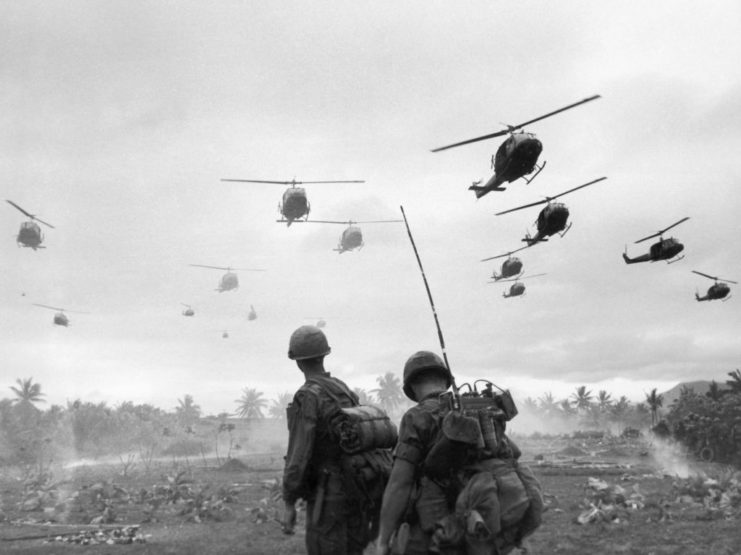
Meant to aid the South Vietnamese during Operation Lam Son 719
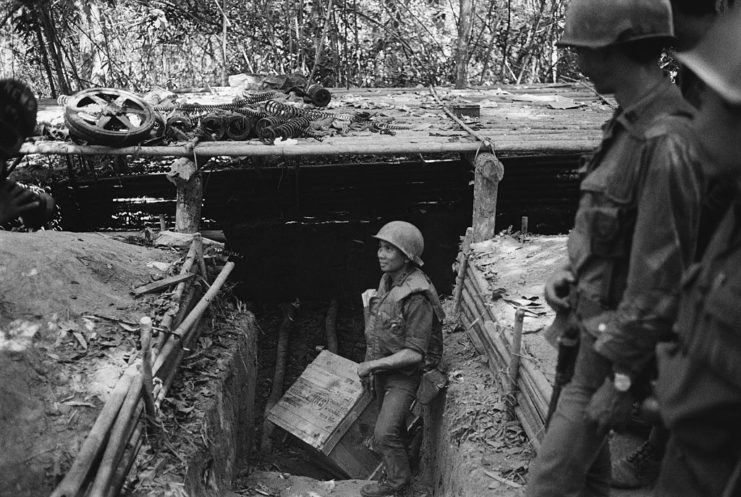
Because the Ho Chi Minh Trail cut through neighboring countries, it posed a complex political and military challenge. Though officially neutral, Laos and Cambodia became key battlegrounds in the shadow war to disrupt this hidden artery of the Viet Cong’s war machine. The dense jungle, winding mountain paths, and network of underground bunkers made it incredibly difficult to detect and destroy.
With U.S. ground forces restricted from directly entering Laos, American strategy leaned heavily on air power. Helicopters—particularly UH-1 Hueys and CH-47 Chinooks—became essential tools. They allowed for fast insertions of South Vietnamese troops, quick extractions under fire, and the delivery of artillery and supplies into remote combat zones. Despite this advantage, the missions were incredibly dangerous. Enemy forces had fortified parts of the trail with anti-aircraft guns and ambush positions, making each helicopter mission a high-risk operation. Nevertheless, these air assaults remained one of the few viable options for targeting the Trail’s lifeblood, even if the success was often temporary.
The operation was intended to be a major step toward Vietnamization
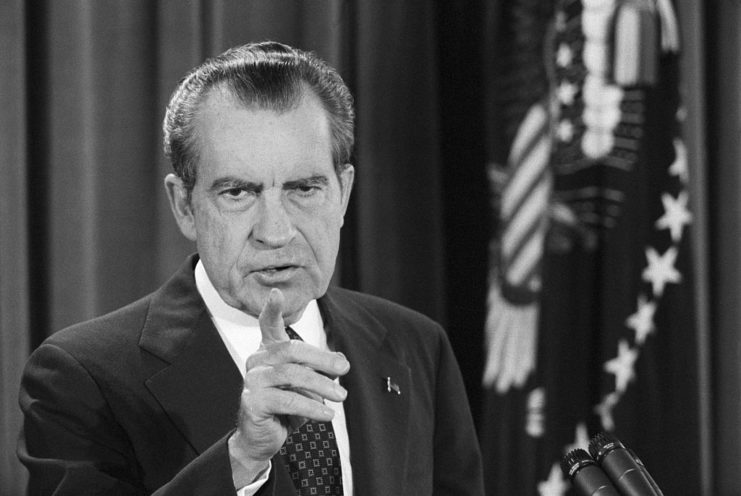
Operation Lam Son 719 was part of President Richard Nixon’s “Vietnamization” strategy, which aimed to gradually transfer the responsibility for the war to the Army of the Republic of Vietnam (ARVN) as U.S. troops withdrew. A successful mission was also expected to boost the morale of ARVN soldiers.
The operation was planned to last between 90 and 120 days and relied heavily on U.S. air support to help South Vietnamese forces advance deeper into enemy-held territory. The goal was to push into Laos, forcing the North Vietnamese into open combat, where they would be more vulnerable to airstrikes.
Despite having superior technology and air support, Operation Lam Son 719 ended in a disastrous failure.
US forces weren’t prepared for the North Vietnamese response
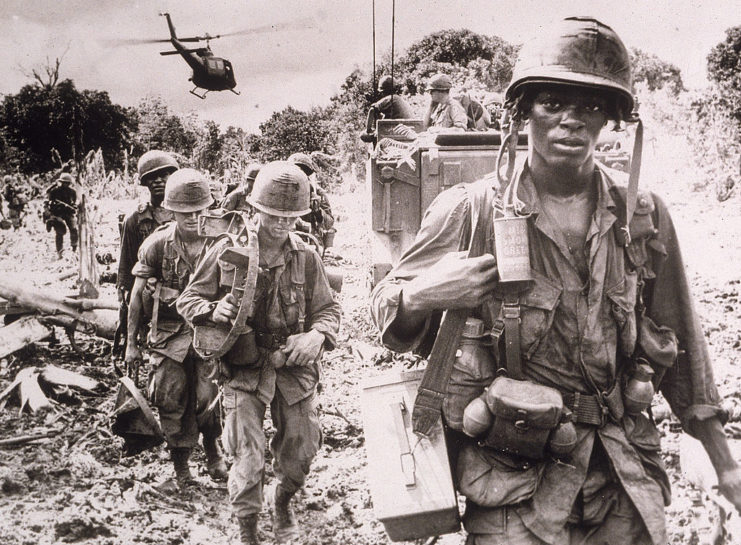
During the planning of Operation Lam Son 719, U.S. officials anticipated only light resistance from North Vietnamese forces. However, the People’s Army of Vietnam (PAVN) had already gathered intelligence and meticulously prepared their defenses. As a result, American helicopters encountered intense and almost constant anti-aircraft fire throughout the operation.
The damage was severe. Of the 750 helicopters used in more than 160,000 sorties, 108 were completely destroyed, and 618 were damaged—20 percent of which were beyond repair. In just two months, 72 helicopter crew members were killed, 59 were wounded, and 11 went missing.
In addition to helicopter losses, U.S. forces suffered substantial equipment damage: 163 armored vehicles, 71 tanks, 278 trucks, seven fixed-wing aircraft, 37 half-tracks, and 114 artillery pieces were either destroyed or captured by enemy forces.
The aftermath of the operation
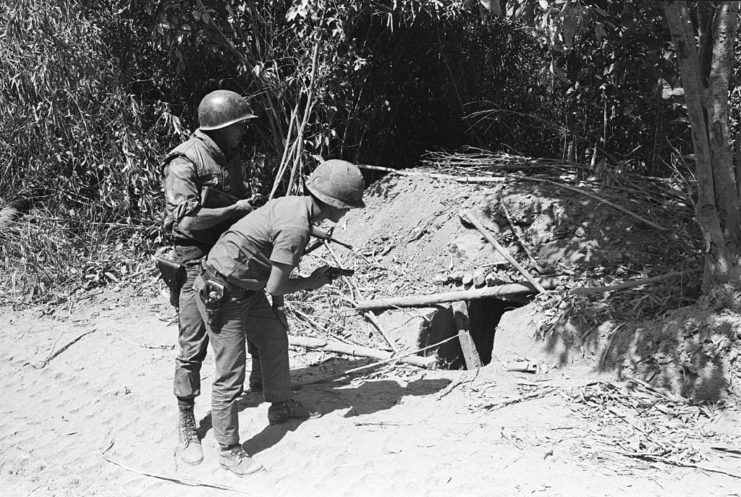
Despite initially intending to execute Operation Lam Son 719 for 90-120 days, US troops withdrew after only 60. Nonetheless, President Nixon portrayed the mission as a success, conveying in a televised speech, “Tonight, I can report that Vietnamization has succeeded.”
Similarly, South Vietnam asserted the effectiveness of the operation, with President Nguyễn Văn Thiệu declaring it as “the biggest victory ever.”
However, it was North Vietnam that ultimately emerged as the victor. Construction of the Ho Chi Minh Trail persisted vigorously, extending it an additional 60 miles in length and 90 miles in width. The US also conducted a thorough review of their helicopter usage in battles, particularly questioning their survivability in hostile combat environments.
